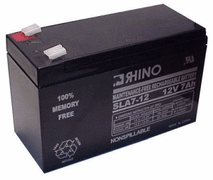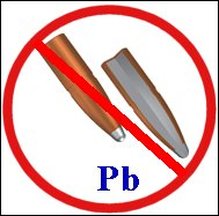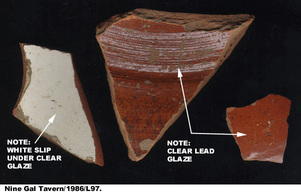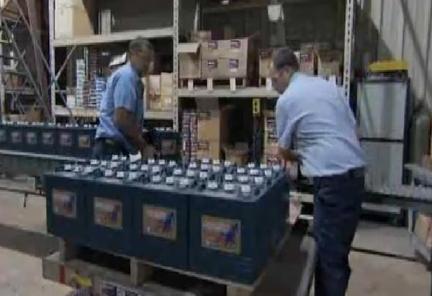Everyday Uses of Lead (Pb)
Lead (Pb) is a metal that is soft and malleable. It is element 82 on the Periodic Table and is multivalent (+2/ +4 charge). Generally, it appears to be silver-blue in color but can turn into a grayish color in moist air. In terms of properties, Lead is a ductile metal, poor conductor of electricity and has a crystalline structure [1].
In the past, Lead was used in many different products and served great purposes. However, the discovery that Lead was poisonous and toxic resulted in a reduction of the use of this metal in products. Despite this reduction, there are still various uses of Lead in our lives.
1) Batteries

The most common and popular use of Lead is for batteries. A type of battery that consists of Lead is the Lead-Acid battery. The Lead-Acid battery functions through the reaction of lead oxide in sulfuric acid [2]. This reaction causes a voltage to be produced and energy to be created in the long run [2]. These types of batteries are used for many purposes and they are split into two groups—Starting Batteries and Deep-Cycle Batteries. Starting batteries, which are used in cars, are Lead-Acid batteries that provide high power in a short burst which allows an engine to start [3]. Deep-Cycle Batteries are found on boats or campers and they provide lower power for a long period of time [3].
2) Ammunition

In the past, and even till date, Lead has been used in the production of bullets. Recently, the Environmental Protection Agency considered banning any ammunition containing lead due to its potential toxic harm to wildlife and the environment [4]. This highlights the major issue with lead products, such as ammunition, dealing with their toxicity and hazard due to its poisonous qualities. This ban, however, was denied and ammunition containing lead is still available [4].
3) Pottery Glaze

Once the pottery is created, it usually has a rigid or brittle appearance. A glaze is added at this point to create a smooth and shiny appearance. The glaze is made up of Lead oxide and other lead compounds and basically coats the pottery like glass. The lead component of the glaze essentially defines the appearance of the pottery. It is known that the use of glazes that contained lead were influential in the evolution of tableware [5].
Link to Youtube "How to Make Lead Batteries"
REFERENCES:
[1] http://www.buzzle.com/articles/uses-of-lead.html
[2] http://hyperphysics.phy-astr.gsu.edu/hbase/electric/leadacid.html
[3] http://www.batterycouncil.org/LeadAcidBatteries/tabid/54/Default.aspx
[4] http://wattsupwiththat.com/2010/08/27/epa-says-no-to-lead-ammo-ban/
[5] http://mysite.du.edu/~jcalvert/phys/lead.htm#Misc
[1] http://www.buzzle.com/articles/uses-of-lead.html
[2] http://hyperphysics.phy-astr.gsu.edu/hbase/electric/leadacid.html
[3] http://www.batterycouncil.org/LeadAcidBatteries/tabid/54/Default.aspx
[4] http://wattsupwiththat.com/2010/08/27/epa-says-no-to-lead-ammo-ban/
[5] http://mysite.du.edu/~jcalvert/phys/lead.htm#Misc

